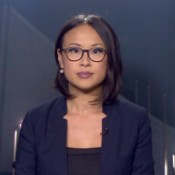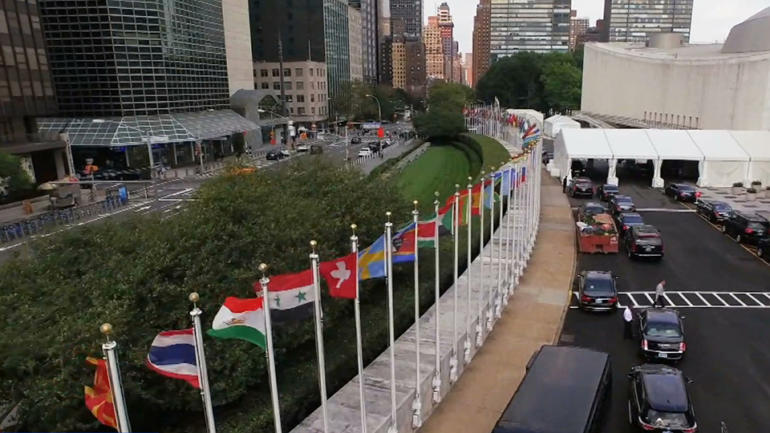At more than seven decades old, the United Nations has often been criticized for being too slow to respond to crises. But behind the scenes, a high-tech team is harnessing the power of big data and artificial intelligence to predict, monitor and respond to emergencies.
CGTN’s U.N. correspondent Liling Tan has an inside look at how U.N. Global Pulse is keeping the organization up to speed in the 21st century.
Three blocks from the United Nations headquarters in New York, a veritable geek squad of data scientists, analysts and engineers are using big data and artificial intelligence for global good.
Or, as U.N. Global Pulse’s Director Robert Kirkpatrick puts it, “Our job is to help superheroes find out where people are in trouble, so they can rescue them.”
Here, the team writes code for software to advance the U.N.’s humanitarian and sustainable development work.
We are shown a virtual map of the Mediterranean Sea.
“What we’ve been doing is actually training an A.I. to recognize the signatures of rescue patterns,” Kirkpatrick explains.
Felicia Vacarelu, Communications Lead at U.N. Global Pulse, points to a set of zigzagging lines.
“These are the movement of rescue vessels between Italy and Malta in the Libyan shore in a certain period of time.”
A few desks away, Tomaz Logar uses A.I. to determine the size of an expanding refugee camp from satellite imagery, as three grey squares are seen moving through a grid on the computer screen.
“There they go. So we have three AI machines going through.”
Beside him, Jaemar Miller is using A.I. to catalogue tweets and social media reactions to events, using charts and diagrams.
“Some insights from these frequent terms. You see ‘Amazon,’ you see ‘fire,’ you see ‘green,’ ‘green economy,’ ‘boiling of coral.’”
Kirkpatrick says this is all about meeting the challenges of today.
“What we have now are phenomena like climate change, infectious diseases, economic shocks that don’t respect national borders, that can move around the world at the speed of light.”
“And what we need now is to move from the traditional slow linear processes of using three-to-five year-old survey data to make a five-year plan and then taking a little snapshot every couple of years to track progress. We need to move to real-time situational awareness and predictive management of risks. That’s where this kind of data comes in.”
U.N. Global Pulse was founded nearly a decade ago and the innovation initiative now has labs in New York, Kampala and Jakarta.
The team is multidisciplinary and international, including Chief Data Scientist Miguel Luengo-Oroz, the first data scientist at the U.N.
“The United Nations initiated Global Pulse because we needed to understand what’s happening while it was happening. At that time, the term “data science” was not yet used even in industry, but the U.N. understood that it needed real-time information to better serve vulnerable populations.”
He says A.I. has since been used to model the spread of Zika in Colombia, monitor xenophobia and hate speech against refugees in Europe, and track the aftermath of natural disasters and conflicts.
Much of the data collection comes from the way we live, work and play, from what we search online to how we commute, make calls on our cell-phones, shop or sell products.
But with all that data collection comes a lot of risks, making this endeavor an ethical balancing act, says Kirkpatrick.
“One of the classic context in which you think about this is something like public health. What is an acceptable privacy risk in a data set that you want to use to stop the spread of an infectious disease?”
“Well what’s the mortality rate of that disease? Are we trying to stop seasonal influenza, cholera, or Ebola? Because how much privacy risk is appropriate is going to depend on the types of harms we have an opportunity to prevent.”
Managing risks also includes anonymizing data sets, accounting for information bias where the source of data may not reflect the needs of the most vulnerable and preventing data misuse. But that’s not all, according to Luengo-Oroz.
“Artificial intelligence, the same way the industrial revolution created the working class, A.I. and the machinery revolution might create an irrelevant class because essentially any action that you digitize and repeat enough times can be automated by artificial intelligence.”
“And once that action is automated, you don’t need people anymore. We need to make sure that artificial intelligence is for all, and that those technologies do not leave anyone behind.”
 CGTN America
CGTN America

